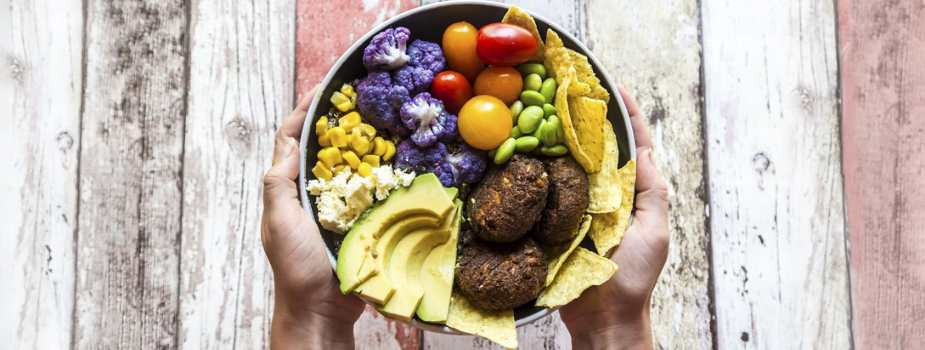
Meat substitutes play an important role for a growing group of flexitarians. More and more people opt for a vegetarian day one or more times a week and then choose a meal based on e.g. legumes, tofu, tempeh or seitan. Or for a ready-made meat substitute such as a vegetarian burger, veggie burger, vegetarian mince or falafel. Plenty of choice, but how healthy are those meat substitutes in reality? We list a few of our favourite and some healthy options and at the same time explain what is wrong with unfermented soy.
Tofu, tempeh and seitan versus new meat substitutes
Meat substitutes that resemble meat in texture, taste and/or shape often lower the threshold for newcomers who want to eat less meat. We make a distinction between two types:
1. Traditional meat substitutes such as tofu, tempeh and seitan. These are relatively unprocessed products that have been around for centuries.
2. New meat substitutes: these tend to be more processed products such as vegetarian burgers, sausages (based on soy or lupine) and mincemeat. These often concern ready-made products.
✔ Tofu and tempeh are made from soy. Tofu is curdled soy milk, while tempeh is made from whole fermented soy beans.
✔ Seitan is made from wheat gluten and is cooked in (vegetarian) stock or water.
✔ Ready-made meat substitutes may have soy as the main ingredient, grains, seeds and/or nuts, lupine or chickpeas.
✔ Quorn is made from the fungus Fusarium graminearum.
✔ Some meat substitutes have low-fat dairy as the main ingredient.

Unfermented soy (-) versus fermented soy (+)
Soy is often seen as a superfood by many vegetarians because it is rich in protein and contains a lot of beneficial nutrients. However, it is not without reason that in Japanese cuisine, soy is almost exclusively eaten fermented. With the fermentation process, bacteria, fungi or yeasts transform substances in a product, whereby its acidity, taste, smell or appearance is altered. Fermented soy products such as tempeh, miso, natto and tamari are easier to digest and no longer have the same detrimental properties as unfermented soy beans. In fact, unfermented soy contains phytic acid: an anti-nutrient. These are slightly toxic and poorly digestible substances that a plant produces to protect itself against 'pests and being eaten'. By sprouting, soaking or fermenting soya, seeds and beans, these phytic acids are to a large extent broken down, which in turn aids the absorption of important minerals such as magnesium and zinc. In unfermented soy, several poorly digestible substances are present, such as lectins, saponins, oxalates, oligosaccharides and phytic acid. Most meat substitutes are based on unfermented soy, as is tofu, i.e. bean curd.
Plant-based meat substitute made from chickpea flour: falafel
Falafel, which has chickpeas as its base, is said to have been invented by the Copts in Egypt to serve as a meat substitute during Lent. Legumes (which also include brown and white beans, capucijner peas, borlotti, lima beans, kidney beans, soy beans and lentils) are good plant-based meat substitutes due to their high protein, vitamin, fibre and iron content. Chickpeas are one of the most protein-rich legumes and are rich in fibre, B vitamins, iron, zinc, copper, phosphorus and manganese, as well as being a good source of healthy carbohydrates. Of course, you can also use chickpeas as hummus or in curries. Below is a recipe for falafel made with chickpea flour.
Chickpea flour falafel recipe
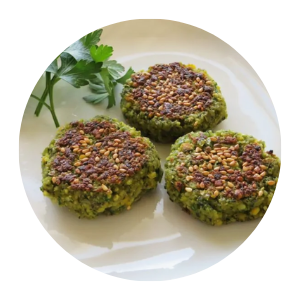
INGREDIENTS
200 grams chickpea flour
1 onion, coarsely chopped
2 cloves of garlic, crushed
1 bunch (40 grams) of fresh parsley
4 sprigs of fresh mint leaves
1 teaspoon ground cumin seed
1/2 teaspoon ground coriander seeds
1 1/2 teaspoons salt
1 teaspoon of sesame seeds (optional)
Mix all the ingredients together in your food processor or a powerful blender until it is a crumbly dough. Now leave the dough to rest for at least 15 minutes. Take about a tablespoon of dough and use your hands to shape (slightly flattened) falafel balls. Sprinkle some sesame seeds on top if you like. Heat a generous amount of oil in a pan over medium heat and fry the falafels for 2-3 minutes until the underside is golden brown and you can easily turn them over. Fry the other side for another 3 minutes as well. Serve the falafels with garlic sauce, for example in a wrap or pita bread.
Seitan, the veggie protein champion
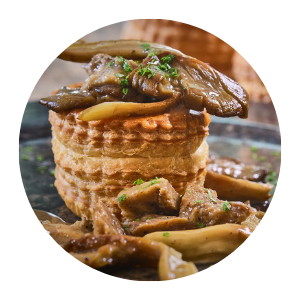
Seitan Seitan is a completely different type of meat substitute compared to tofu and tempeh. It is not made from soy beans, but is based on wheat flour and water. By constantly rinsing out the dough with a special technique, the wheat protein, i.e. gluten, is left behind. This gluten mass is then boiled in water or in vegetable stock, until a spongy structure appears (depending on whether or not stock is used) which has a savoury flavour. What makes seitan so special is that it has a protein content of no less than 20-25% and contains ALL 22 amino acids that the human body needs. Seitan was first created more than 1,000 years ago by the Zen Buddhists in Japan and China, who ate neither meat nor fish. They got their plant-based protein from wheat and spelt, which they grew themselves. Bertyn still makes authentic seitan nowadays with ancient grains such as Oberkulmer Rotkorn spelt and Manitoba wheat. The soy sauce they use is a traditional soy sauce aged for 15 months in oak barrels, according to a 500 year old recipe from Yoshio Aoki. Thanks to its high protein and low calorie content, seitan is also ideal for sporters. Try the delicious recipe for vol-au-vent with seitan







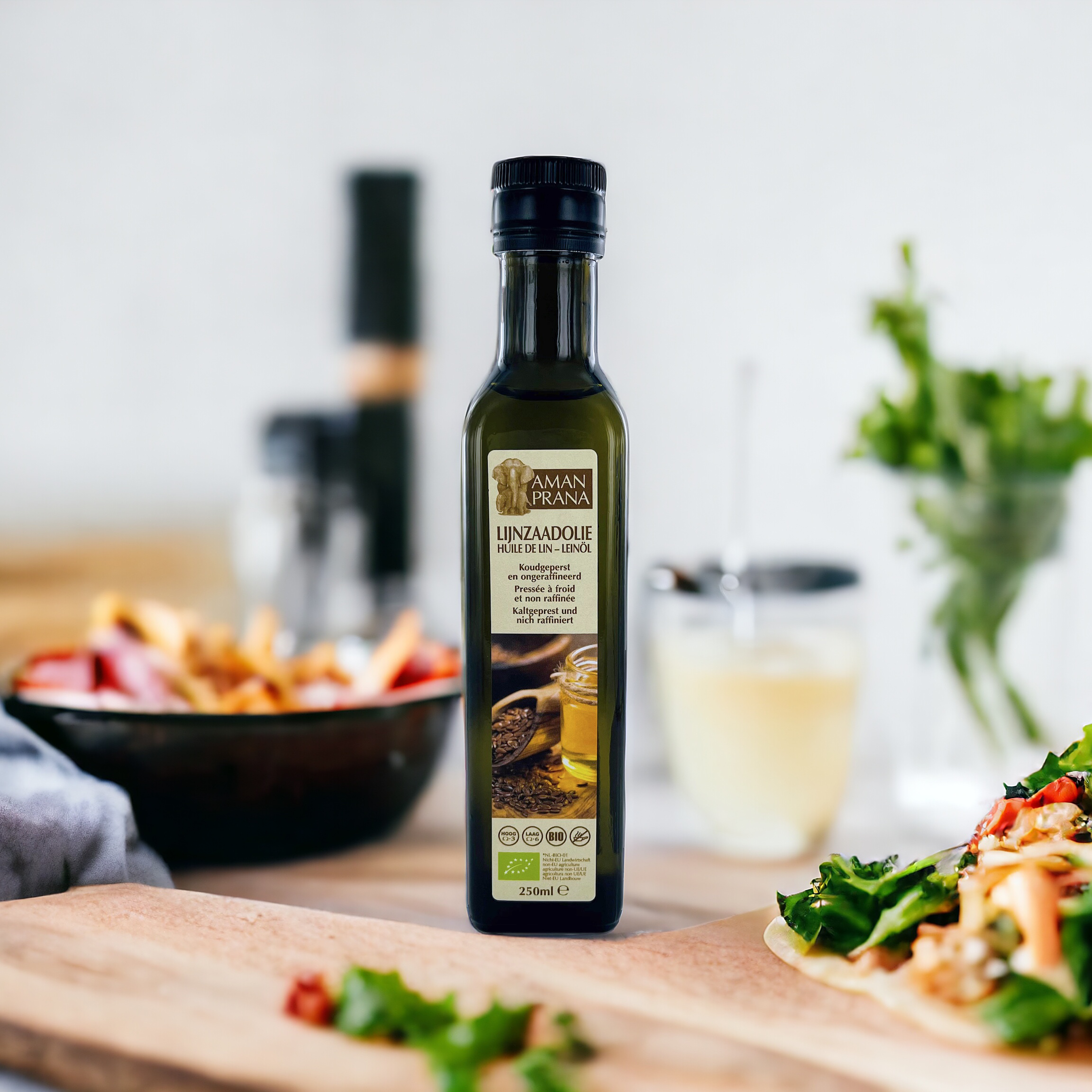



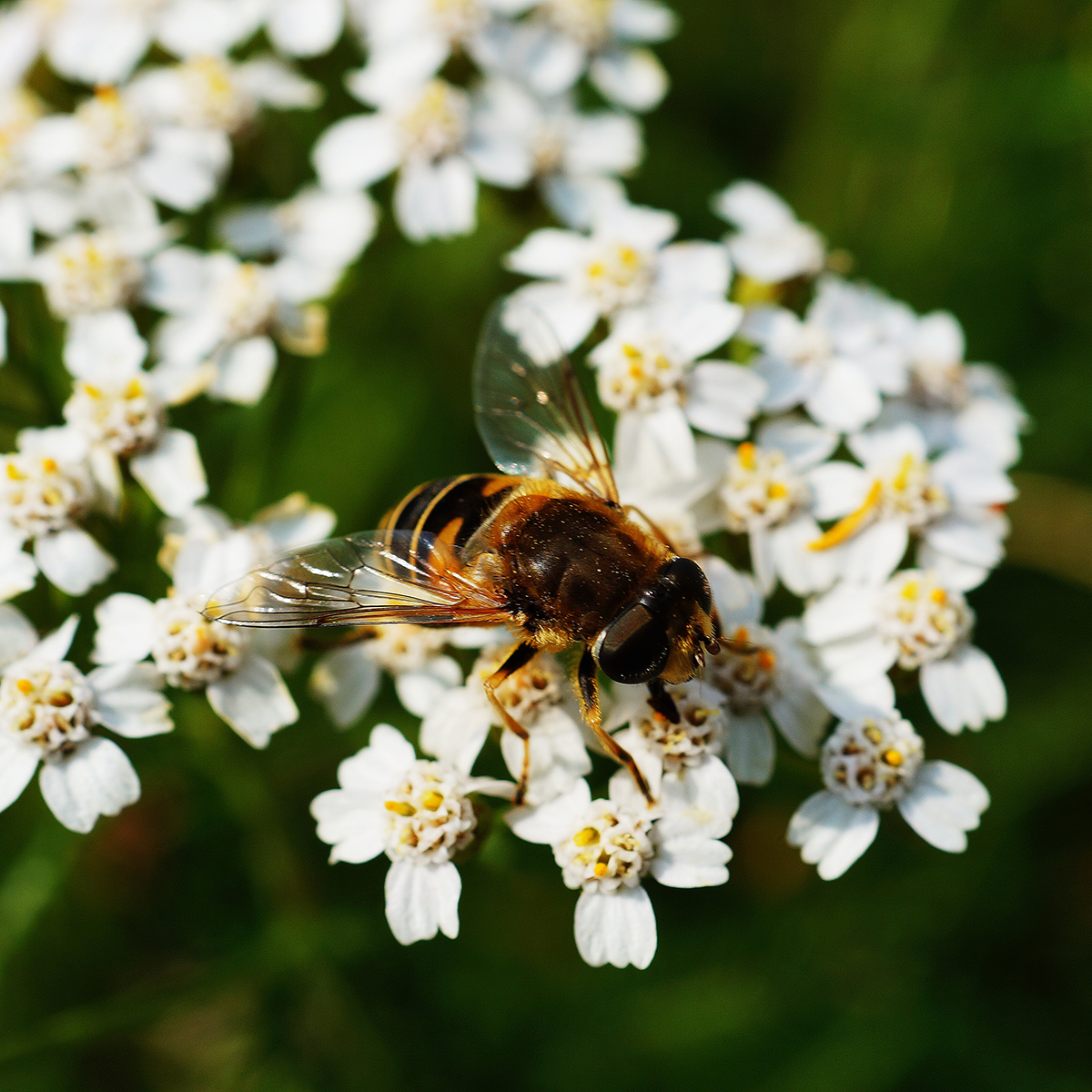
The information below is required for social login
Sign In
Create New Account